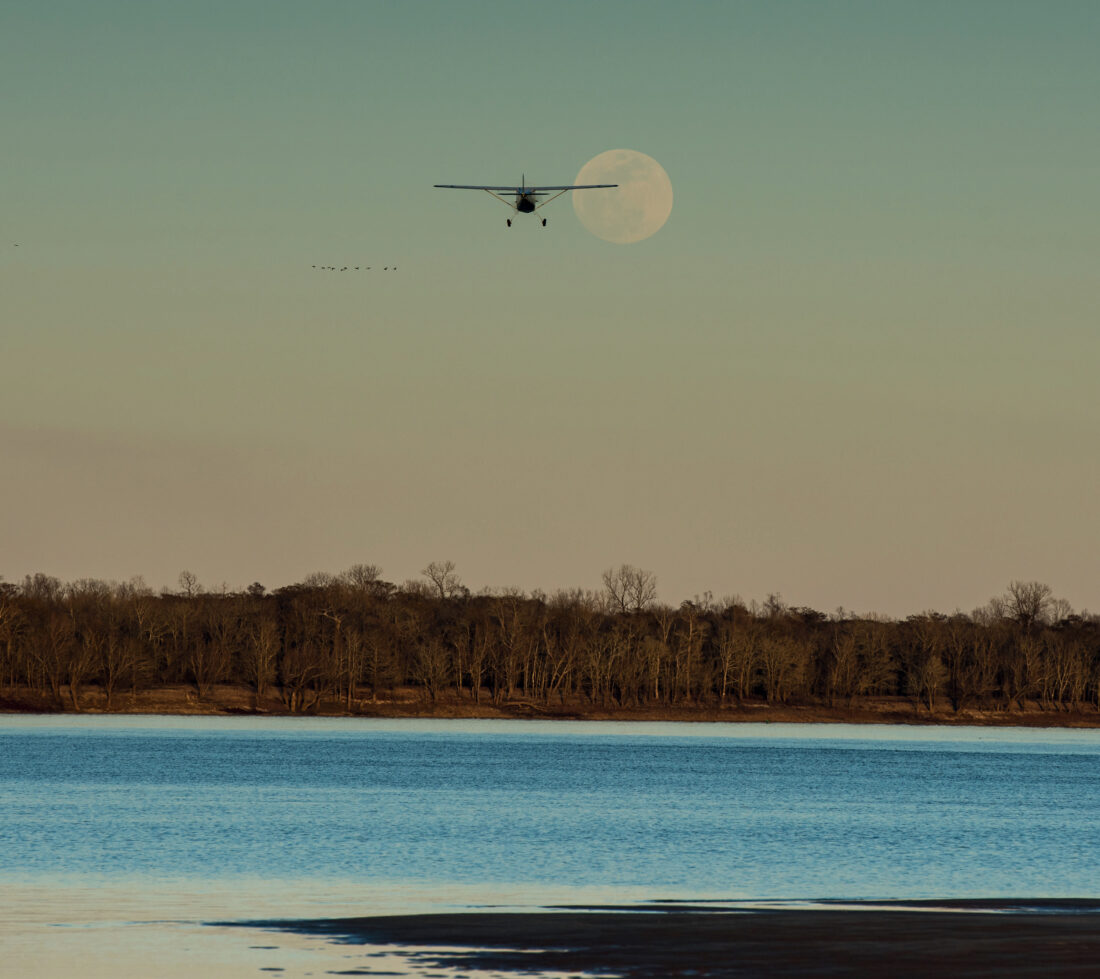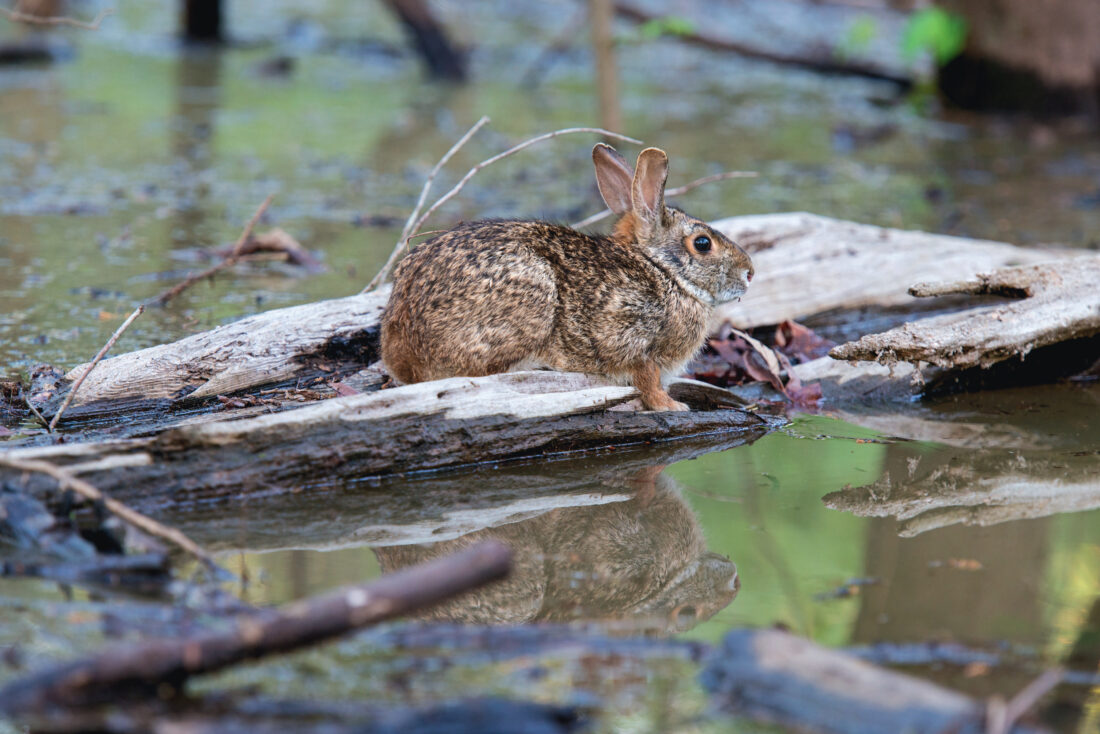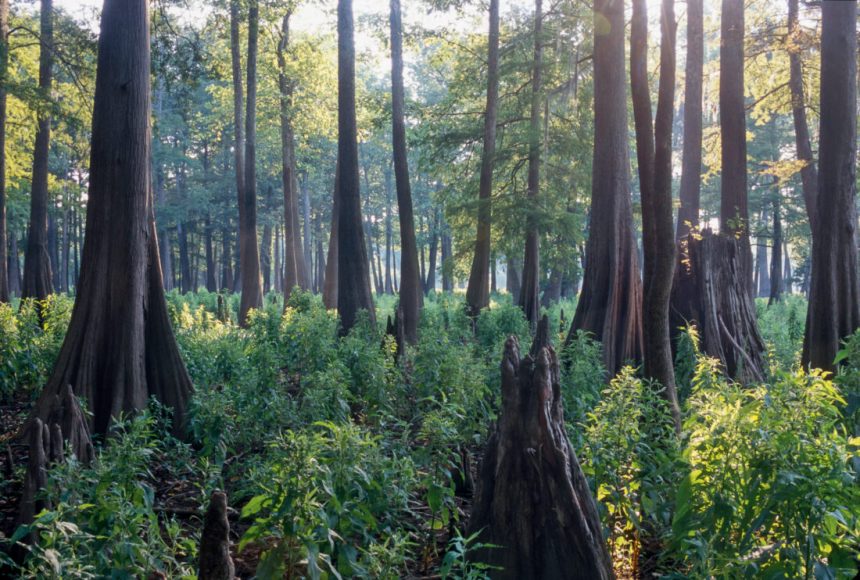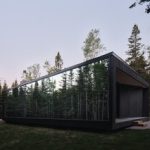Forget a vista or a visitors’ center. Forget aesthetics entirely, and infrastructure, too. Cat Island National Wildlife Refuge sits in rural West Feliciana Parish, Louisiana. Crossed by several ATV trails and a single gravel road, it otherwise consists of thirteen thousand acres of unadorned swamp forest. That makes for a place alluring to mink and bobcats, but not to many humans—a fact that may be reflected in what the French first called the creek that drains these woods: Rivière à la Chaude pissie, the river of hot piss. But Cat Island has, for me, become a site of annual pilgrimage.
It helps to know that this refuge is tucked at the foot of the bluffs that line the Mississippi River, thirty miles north of Baton Rouge, in some of the southernmost land unprotected by the river’s levees. This is, then, the classic terrain of the Southern cypress swamp—wet and wooded, dark and foreboding, once home to trees that towered nearly a hundred feet, maybe more. Crews of loggers, their arms linked, might barely encircle the trunks of the biggest and oldest of them. This was a keystone species—one that helped regulate the flow of water, thereby sustaining habitat for other creatures. In the span of just fifty years, beginning in the late nineteenth century, the loggers cut down nearly all of America’s ancient cypresses.
A grove of bald cypresses.
Cat Island is not an actual island, though the mislabeling is understandable, since when the Mississippi rises each spring, the boundaries between water and land drown. It’s a hard-to-reach tract, which explains why it took until the 1980s for a pair of foresters to find an old bald cypress big enough to set a national record. Just a month later, the same two found an even bigger tree. Then, a third, now considered the national champion. At nearly a hundred feet tall and seventeen feet in diameter, this is not just the country’s biggest bald cypress; a sign at the refuge proclaims it’s the largest tree of any kind east of the Sierra Nevada.
Two decades after the tree’s discovery, Congress turned this land into a national wildlife refuge—a status that protects the forests, though without all the fanfare (or funding) of a national park. No one is trying to make things here any more beautiful than they are. To me, though, that’s the merit of this place. Beauty, after all, is a very human concept, and it’s nice to leave a space that’s more about everyone and everything else.

Moonrise over the Mississippi River and Cat Island.
For much of the year, you need a kayak to reach this forest. Even in the dry season, it’s a thirty-minute drive from the little hamlet of St. Francisville on roads that are, where they’re not swallowed by puddles, rutted and slick with mud. Several other ancient trees exist in these woods, all hollow, spared because they were useless for timber. But you know the champion when you see it, so massive that it rewrites your notion of what a tree can be. Without tree rings, it’s impossible to calculate its exact age, although everyone agrees it’s been around for at least a millennium, perhaps far longer. If it survives as long as other cypresses, that could leave another thousand years of life.
I learned all these facts a few years back while working on a book about what human beings have done to the Mississippi—how it’s been dammed and leveed, straightened out, and yes, denuded of its trees. My wife and I live in New Orleans, two blocks from the river, but we rarely get to see the water: There’s a brick wall in the way, separating our neighborhood from the local port. Most days, the closest we get to Huck Finn living is listening to the bellow of the passing freighters rising over the wall. The tree felt worth seeing, then, as a chance to glimpse one remnant of all that’s been lost.

A swamp cottontail rabbit rests on a log.
We first ventured north during those early days of COVID, and then, without really planning to, returned the next year, inaugurating what’s become an annual ritual. Some of the highlights of the trip lie far from the tree. We typically stay in a cabin atop the bluff. We go for a hike past waterfalls and a stroll through sleepy and friendly St. Francisville. Sometimes we head down the hill to the Oyster Bar, a humble dive on the banks of Bayou Sara, as that crudely named creek has been more politely rechristened. The bayou was once home to the most bustling port between New Orleans and Natchez, but year after year of floods washed the town away. Now, across the street from the bar, the U.S. Army Corps of Engineers stores stacks of the concrete panels it uses to prevent the Mississippi from shifting any further.
Eventually, nearing the end of our visit, we make our way to the cypress tree. My wife and I aren’t particularly pious people, so there isn’t much more to our ritual. We stay for a few minutes, take a few photos. Usually I try to climb to the cleft where the trunk splits in two only to find that my own year of growth has left me less agile. Then, giving up, I step inside the hollow of the trunk, looking upward toward the light beaming through the cracks in the trunk above, and thinking about how I’m just a small being, here for a small moment, surrounded by so much life, to be followed by so much life to come.





